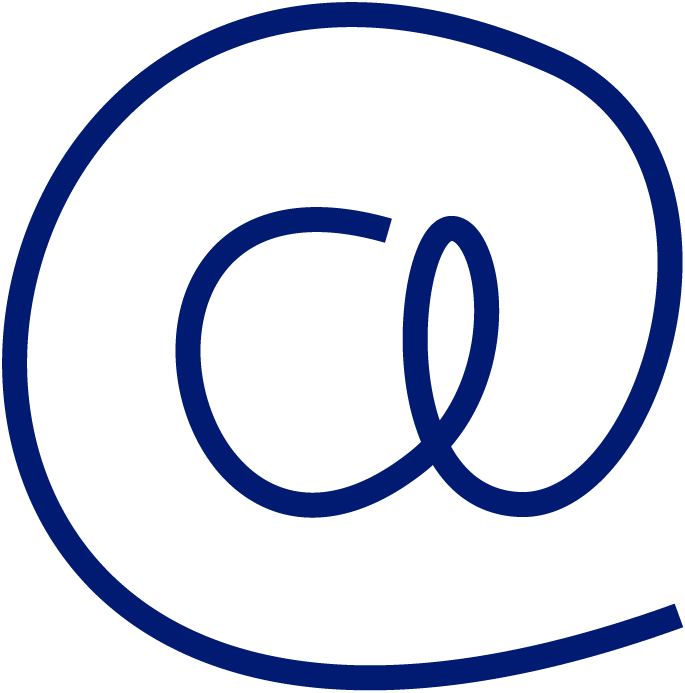
International training project: local or central team, what works best?
I remember many years ago (decades!) a conversation with a friend who is an amateur football coach. He was preparing the starting lineup for the upcoming season and shared some guidelines with me. I applied these many years later when building any types of teams at work. Today, they are also useful when bringing together a team of trainers for international projects.
He talked about the characteristics of good team players and who had achieved the best physical performances in the pre-season. He also looked at the players able to run the full game during the whole season and who had the skills to rival the stronger teams in the league. It’s not surprising, I know, but it was enlightening for me at that time…

I’d like to share today a set of criteria and guidelines. They will certainly help if you’re wondering what’s the best type of trainers’ team needed to roll out your international training project.
Let’s start with trainer’s affiliation. You may have internal trainers (staffed by your company), local and international, and you may have external trainers. External trainers may be either freelancers you reach out to directly, or full teams and networks that you can access through your training services vendors.
Any team composition based on the above “types” may be good for your project. You have to guarantee that they will all be aligned with the training style and messages, and that they’ll deliver with equivalent quality and satisfaction levels. Truth is I’ve witnessed few global rollouts that work well when you are using a varied “mix”, but every project is different so just think about it…
Three types of teams
Now, in order to go a step further let me give you another perspective that will become handy. We can define three types of teams:
- Central team: trainers who are based in the headquarters (or region with main training hub / larger headcount) and that will deliver all sessions to all cohorts. They will deliver F2F and virtually in the main hub and fly to deliver any F2F event in other locations.
- Multilingual team: they may be also based in the headquarters (or not), but the guiding criterion to build this team is language capability. Usually, sourcing trainers that can deliver comfortably in 2 and, if possible, more languages. Where they are matters less, but mobility is still an important requisite.
- Multi-local team: multiple trainers who are based in different regions, that will deliver in local language and can communicate between themselves in a corporate language (usually English, but I’ve seen many cases of Spanish and French used as common language, of course this depends on your company).
You may well see that defining the type of team you want to build can be derived from the type of groups (cohorts) you want to organize; but even if you’re thinking on having local groups, it doesn’t mean that you can’t go for a central team. Of course, the “multi-local team” structure seems more advanced and powerful, so to make a decision ask yourself two questions:
• What is the level of local adaptation I will need in this project?
• What is the volume of sessions or cohorts I will have per region and per year?
Analysing the extremes: If the answer to both questions is “low”, then you may go for a central team. And if the answer to both (or maybe any of these) questions is “high”, you may go for a multi-local team. I trust you’ll be able to figure out and get advice on how to manage the grey areas in between…
To be supported in bringing together the best international trainers' team,
visit our page dedicated to international projects
What will be the associated advantages and costs of going for each of these teams?
With the central team, you’ll have better control of consistency in delivery, and lower onboarding costs. The Project Management may be smoother, and assuming these trainers are flexible and available, you’ll be able to run the project with more agility. On the other hand, your travel costs will be higher, and your capability to display a “local touch” will be minimum (this may be a difficulty in terms of local buy-in). If you’re using a vendor’s network of trainers, it is very likely that you will have a single-price policy.
With the multilingual team, you may have slightly higher costs of trainer onboarding, but you’ll certainly compensate with lower travel costs, while being able to adjust to local language (watch out, this does not mean local culture). You will still have high agility and possibly an optimum ratio between flexibility and cost. In terms of pricing, you’ll manage a more elaborated pricing policy, introducing at least some clusters.
With the multi-local team, you’ll have the maximum level of localization and minimum travel costs. The relationship with participants and local stakeholders will be very close and you’ll also be able to rollout massively reaching higher volumes and complying with very tight timings (e.g. simultaneous rollouts). On the other hand, your investment in trainer onboarding and your localization and project management costs will be higher. The pricing policy will be the more varied and flexible; maybe it can even pay off with some lower cost countries if you get local trainers there.
It seems we’ve gone from amateur football coaching to professional global L&D team designing… Was this useful to make up your mind? Have you already defined your lineup? Please let us know more in the comments section.
If you would like to learn more about how Cegos can help you build the right international training team for your project, visit our dedicated page and get in touch.








